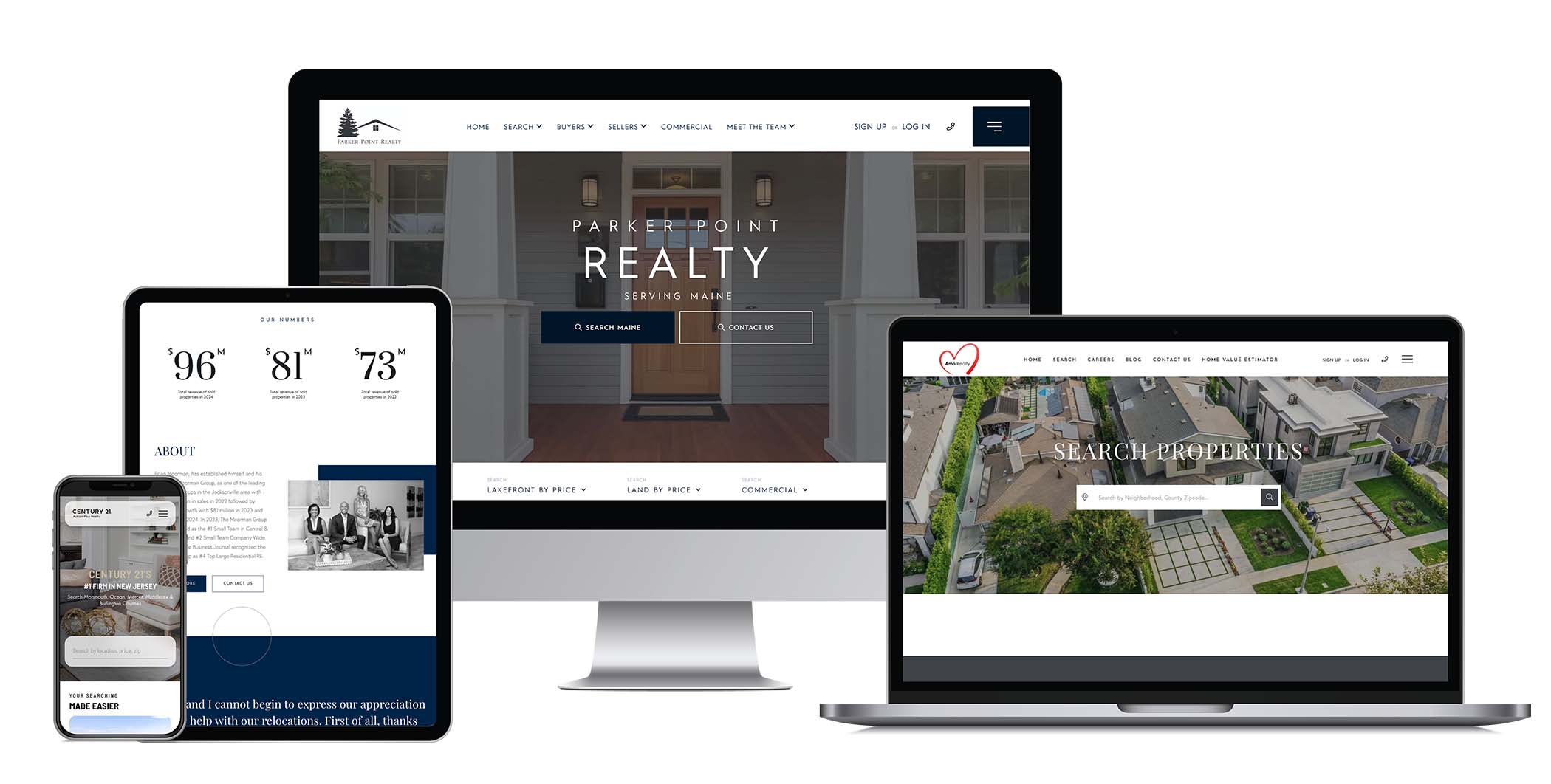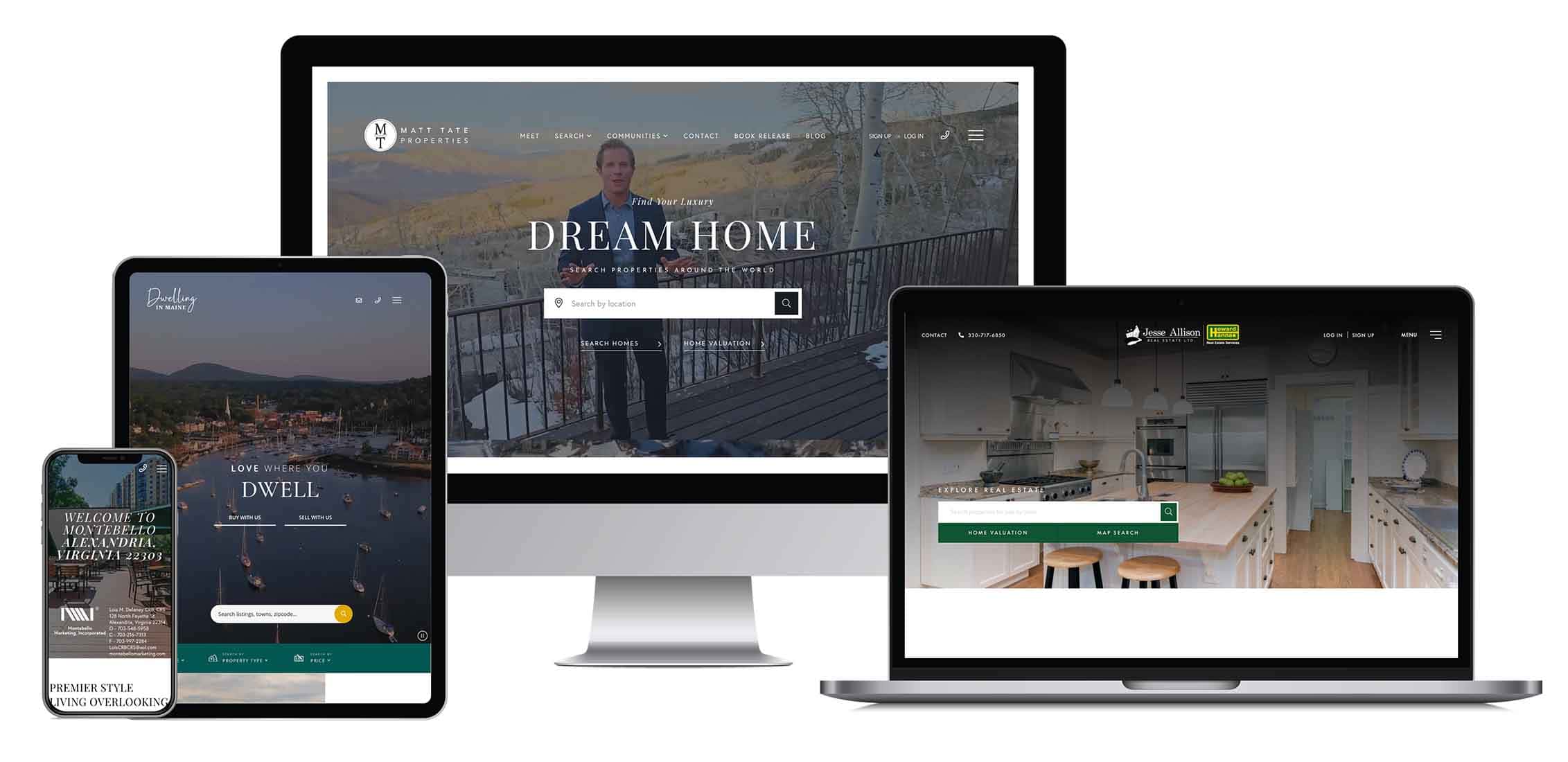Why We Don’t Support IE6/7
Internet Explorer 6 and 7 were some of the most popular browsers in existence. So why does Union Street Media no longer support them? We get this question a lot. There are a number of reasons we came to this decision:
- IE6/7 use is trending downward.
- Microsoft itself is trying to rid the world of these browsers (http://www.ie6countdown.com/).
- Technology has advanced a lot in the last decade and we want to provide our users with fast, reliable and engaging content.
IE6/7 use has been trending downward for the better part of 3 years. In 2010 both browsers combined commanded an impressive 28% of the market place. Their use in 2013 has declined to 7% globally and a mere 1% in the USA. On our platform combined use is sitting at 1.7%. This is due to a number of factors, the most important one being Microsoft’s own involvement in eradicating these browsers. Why is Microsoft so ready to kill its own product? IE6/7 are aging products. IE6 was released in 2001 and is well past it’s prime, with IE7 not too far behind. This has lead to malicious users finding holes in the software. IE6/7 have become a monstrous liability and security concern; Microsoft recognizes and publicizes this fact. Their age has lead to other problems. Web technology has advanced greatly in the last decade. Major players like Google have entered the browser market and the pace of innovation has accelerated. Modern browsers are faster, more secure and have robust feature sets. The prevalence of IE6/7 had been holding the web back and giving Microsoft a bad reputation. In reality supporting IE6/7 can double the cost of a project and cause bugs that are hard to find and fix greatly increasing the cost of ongoing support for a product. World wide use has been declining, Microsoft doesn’t want you using IE6/7 and supporting them can greatly increase development costs; those can’t be our only reasons. There are still users on those platforms and they deserve to be served. Well, we didn’t just listen to Microsoft and word wide statistics, we looked at our data and made the choice that was right for our users. In general Internet Explorer users constitute about 32% of the traffic to our platform. This is a sizable chunk and a very important segment to pay attention to. When we break it down by version we can see a clearer picture. IE8-10 are the overwhelming majority of that traffic. IE7 is about 1.5% and IE6 clocks in at a mere 0.07% of site traffic. Given the fact that IE6/7 support can easily double the cost of developing and maintaining our product, the numbers were just not lining up. The choice was clear: drop support for these browsers, but continue to build our product in a way that won’t leave them in the dust. Through the use of tried and true techniques like progressive enhancement we provide graceful degradation that leaves our sites less attractive but still very usable for users on outdated browsers. This way we can produce a cheaper and more effective product while still serving a quickly disappearing user segment.
Even though we’re not supporting these browsers; how is their behavior comparing? In general we see favorable bounce rates for all IE users. Predictably, users on newer versions of IE have a better bounce rate, but older versions do not diverge by a severe margin. IE10 has the best at 29% where 6 is showing a respectable 41%. So even after dropping support, IE6/7 users are still sticking around. So rest assured, we may not support IE6/7, but the data is showing that they haven’t much minded.








